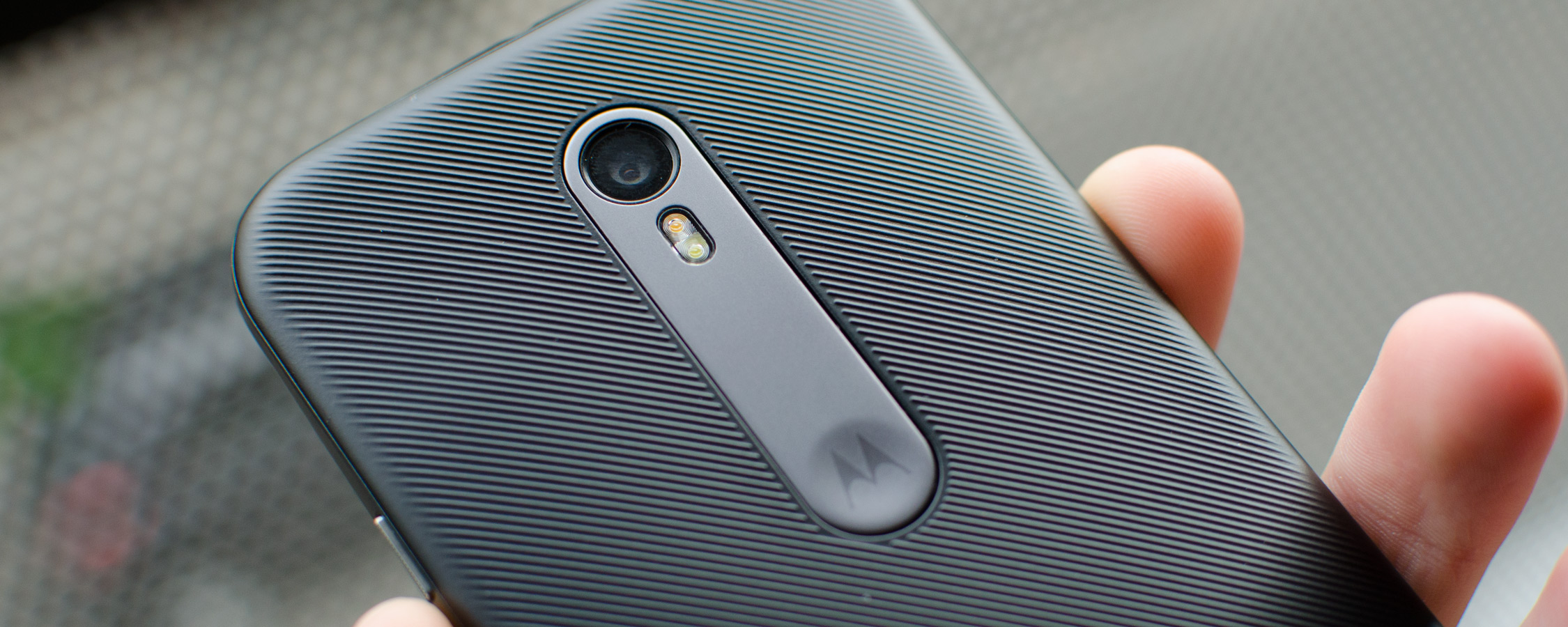Software and Battery Life
The Moto G 2015 comes pre-loaded with Android 5.1.1 in a nearly stock configuration. The launcher, lock screen, notification pane, settings and stock apps will all be very familiar to people who've used stock Android before. If you want to read more about stock Android, check out our previous coverage of the operating system.
The one main addition to the software stack included with the Moto G is the Moto app. The functionality in this app is limited on the Moto G compared to Motorola's high-end smartphones, but there are still some useful things to be found.
Moto Assist allows you to change the Moto G's settings based on certain conditions, such as time and location. Unfortunately you don't get to set your own triggers and actions, but you can use Moto Assist to silence your phone overnight or during meetings, which can come in handy. One of the other features of the Moto app is Moto Actions: essentially gestures for turning on the flashlight (double chopping the handset) and quick camera capture (twisting the phone twice).
The final feature, and perhaps the most useful, is Moto Display, which shows notifications on your display even when the phone is off. Whenever you pull your phone out of your pocket, or pick it up from a flat surface, the Moto G will display the time and any unread notifications. Tapping on the display reveals further information, and pulling up will take you to the associated app. This feature was first seen in the Moto X, so it's great to see it transition to Motorola's entry-level device.
As for battery life, the third-gen Moto G comes with a 9.39 Wh, 2,470 mAh internal battery, larger than the battery in both the Wi-Fi and 4G models of the 2014 Moto G. Paired with a marginally more energy efficient SoC, and the new Moto G should last a lot longer than the previous model.





The Moto G 2015 records better battery performance than its predecessor across the board. Results aren't amazing in either of our web browsing tests, but the Moto G moves up from the bottom of the chart to the middle, with performance on LTE networks slightly better (compared to other handsets) than on Wi-Fi.
Performance is especially great in PCMark, where the new Moto G lasts a lot longer than the previous generation model. This result tends to mimic real world performance, where I found the Moto G 2015 to last at least a day during my regular usage, which is something the 2014 model couldn't manage on a consistent basis.


